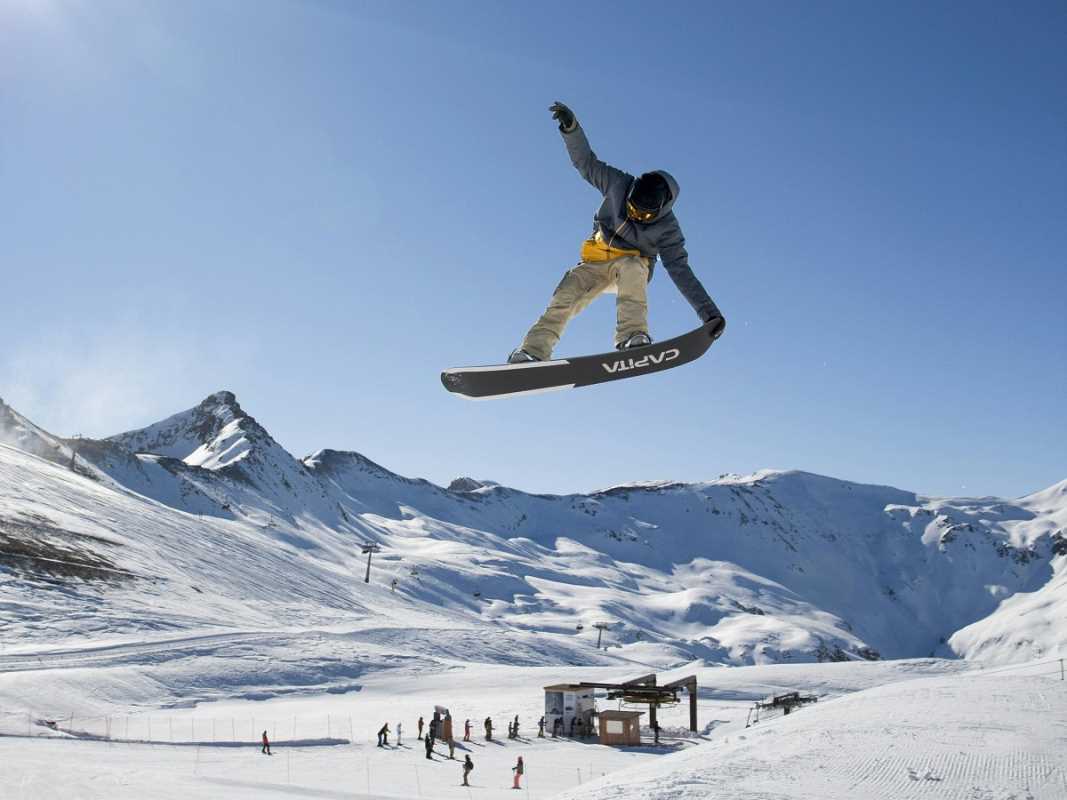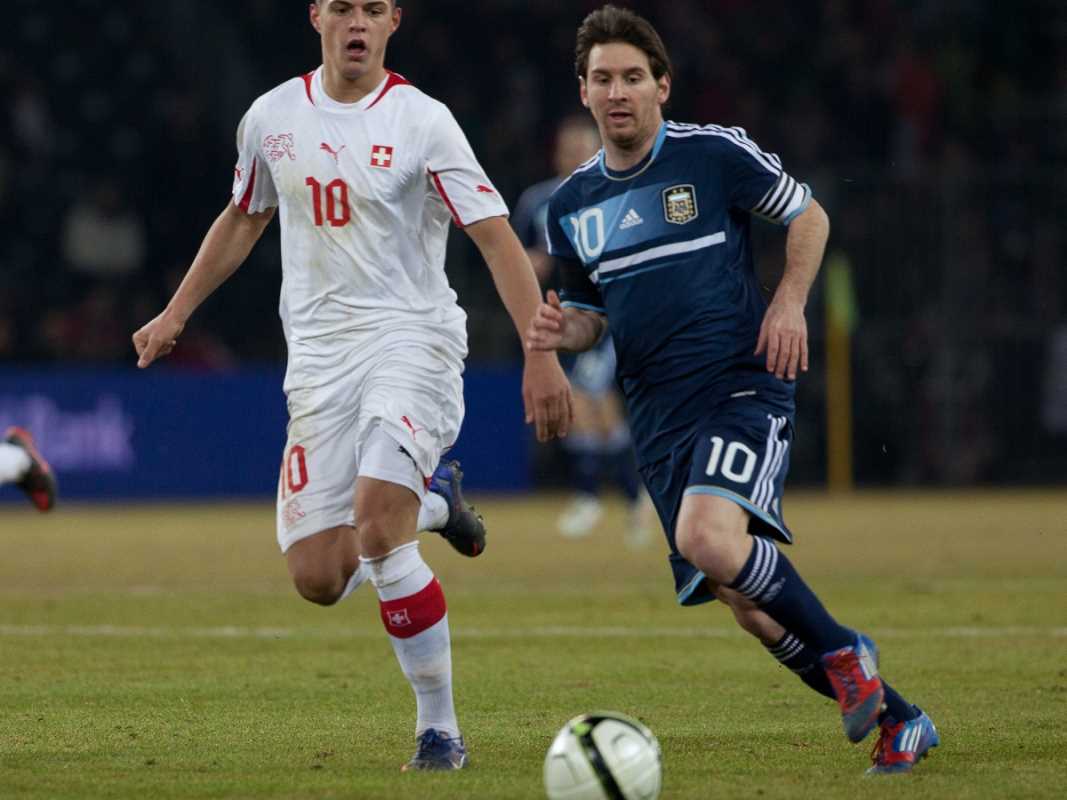Leadership transitions and power dynamics are pivotal to any organization, but when it comes to board sports federations, these changes often ripple across the entire sport. Federations represent the beating heart of their respective disciplines, governing everything from competition rules to athlete representation and funding allocation. Yet, shifts in leadership, influenced by a mix of personalities, politics, and wider industry changes, can completely reshape their trajectory. How do these changes come to pass, and what are their implications for athletes, the sport’s governance, and its global standing? Let's dig into the intricate dynamics at play.
The Drivers of Power Shifts
Power doesn’t change hands in a vacuum. Within board sports federations, several factors often trigger shifts in leadership and influence.
Leadership Changes
Leadership changes are one of the most common triggers for major transitions in federations. When a new leader or set of board members assumes control, they often bring their own vision, priorities, and network, which can create significant shifts in policy and focus. This might involve refocusing on athlete welfare, overhauling competition structures, or even redefining the sport at an institutional level.
For example, when Isaquias Queiroz triumphantly took the reins of an international wave-riding federation, he introduced substantial reforms aimed at expanding wave pool competitions. While this excited some sections of the community, others saw it as a departure from the sport's natural roots. His tenure underscores how leadership preferences can polarize stakeholders within board sports federations.
Political Influences
Like any other global organizations, federations are often steeped in political influences, including national interests, lobbying, and stakeholder pressures. Politics within these organizations often reflect the broader tension between traditionalists, who aim to preserve the sport’s heritage, and progressives, who push for modernization or commercialization.
Take the case of skateboarding, which recently made its Olympic debut. While the inclusion in the Olympics was celebrated as a monumental step forward, the decision required intense lobbying and caused internal rifts within the skateboarding community. For many, skateboarding's free-spirited culture seemed at odds with the rigorous bureaucratic structures of events like the Olympics. The power shift in global skateboarding leadership to prioritize Olympic legitimacy highlighted the federation's evolving role and divergent opinions within its base.
Evolving Industry Priorities
Changes in the sports industry, such as the surge of digital platforms and evolving sponsorship practices, also drive shifts in federations’ priorities. Take snowboarding, where the influence of mainstream brands and broadcasting deals has led to a stronger focus on global exposure. With new media playing a crucial role, federations often find themselves shifting leadership toward more business-savvy individuals who can manage these relationships.
For instance, the International Ski Federation (FIS), which oversees snowboarding, has faced growing tensions between athletes and leadership over the balance of commercialization versus tradition. The push for more film-friendly events, such as urban big air competitions, reflects the industry’s changing demands—but not without its share of critics from within the snowboarding community.
Impacts on Athletes and Governance
Any significant reconfiguration in power structures inevitably impacts the athletes themselves. Whether it’s through new rules, altered competition schedules, or adapted funding mechanisms, changes at the top have tangible effects on the lives and careers of athletes.
- Athlete Representation and Welfare
- One persistent issue in board sports federations is the balance of athlete representation on governing boards. Leadership changes often spark debates around transparency and whether decisions are truly in athletes’ best interests. For instance, when the World Surf League's (WSL) leadership shifted in 2022, athletes voiced concerns about whether new restructuring efforts would prioritize their voices or focus more heavily on audience growth through high-profile sponsors.
- Competition and Rankings Systems
- Shifting priorities often lead to changes in how competitions are formatted or scored. One example is surfing’s increasingly globalized competition calendar, designed to cater to international audiences. While this might benefit the sport’s visibility, athletes frequently criticize such changes for neglecting the cultural essence of surfing, which is largely rooted in local communities. Tensions like these highlight the challenges federations face in aligning global visibility with their foundational values.
- Funding and Development
- Funding, often tied to national representation or sponsorship agreements, is deeply influenced by leadership styles. Changes in funding priorities can either enhance or stifle development pipelines. When skateboarding federations prioritized Olympic programs, many grassroots efforts lost funding in favor of training elite competitors for international representation. While great for top talent, this often raised concerns about diminishing the accessibility and free-form spirit of the sport that nurtures future generations.
Public Perception and Global Standing
When power changes lead to fundamental shifts in governance, there’s always the question of how these decisions will affect the sport’s image.
For example, the snowboarding world observed significant backlash after increased corporate involvement diluted the sport’s countercultural roots. Decisions made by senior leadership at events like the X Games and the Winter Olympics led some to feel the sport was losing its authenticity. Public controversies around these shifts, often driven by debates within the leadership, directly impacted participation at amateur levels and fan engagement.
Global federations face the additional hurdle of balancing regional diversity while fostering a singular international voice. Cultural rifts are particularly evident when leadership prioritizes certain styles or disciplines over others, making it critical for these organizations to consider inclusivity as a metric for leadership success.
Navigating Power Transitions Effectively
Given what’s at stake, how can board sports federations manage power transitions in ways that avoid unnecessary disruptions and ensure stability? Here are some pathways forward.
1. Promote Transparency and Accountability
Ensuring transparent processes for leadership elections and major decisions is vital. Federations can benefit from establishing systems where athletes, community representatives, and other key stakeholders can actively participate in decision-making. For example, publishing clear strategic goals during any transitions allows stakeholders to understand the rationale for changes.
2. Prioritize Athlete Representation
Federations must ensure that athletes have substantial representation on governing boards. Increased diversity among decision-makers can better reflect a federation's populace, reducing the risk of policies that alienate parts of their community.
3. Open Communication
Leadership changes are less likely to spark controversy if federations maintain open communication with their base, including athletes, industry stakeholders, and fans. Clear messaging about how changes will improve the sport's standing will go a long way in managing expectations during transitions.
4. Strike a Balance Between Heritage and Innovation
Navigating the future requires an appreciation for the past. Federations should create structures that safeguard the essence of their sport’s culture while also leaving space for innovation. This is particularly critical in industries like snowboarding and skateboarding, where authenticity forms a major part of the sport's identity.
5. Leverage Advisory Councils During Transitions
Establishing independent advisory councils that represent both traditionalists and progressives within the sport can provide balanced advice during a leadership transition. These councils can function as a stabilizing agent when leadership styles undergo significant shifts.
The intricate dynamics of power changes within board sports federations are far-reaching, influencing everything from athlete performance and funding pipelines to public perception and governance structures. These shifts are often the result of changes in leadership, political pressures, and evolving priorities in the sports world. While the resulting transformations can bring needed growth and modernization, they also risk alienating stakeholders or diluting the core culture of the sport.
To transition power smoothly and maintain stability, federations need to balance heritage with progress. Transparent processes, athlete representation, and stakeholder inclusion are key to preserving a sport's authenticity while moving toward broader growth and adaptability.
 (Image via
(Image via





